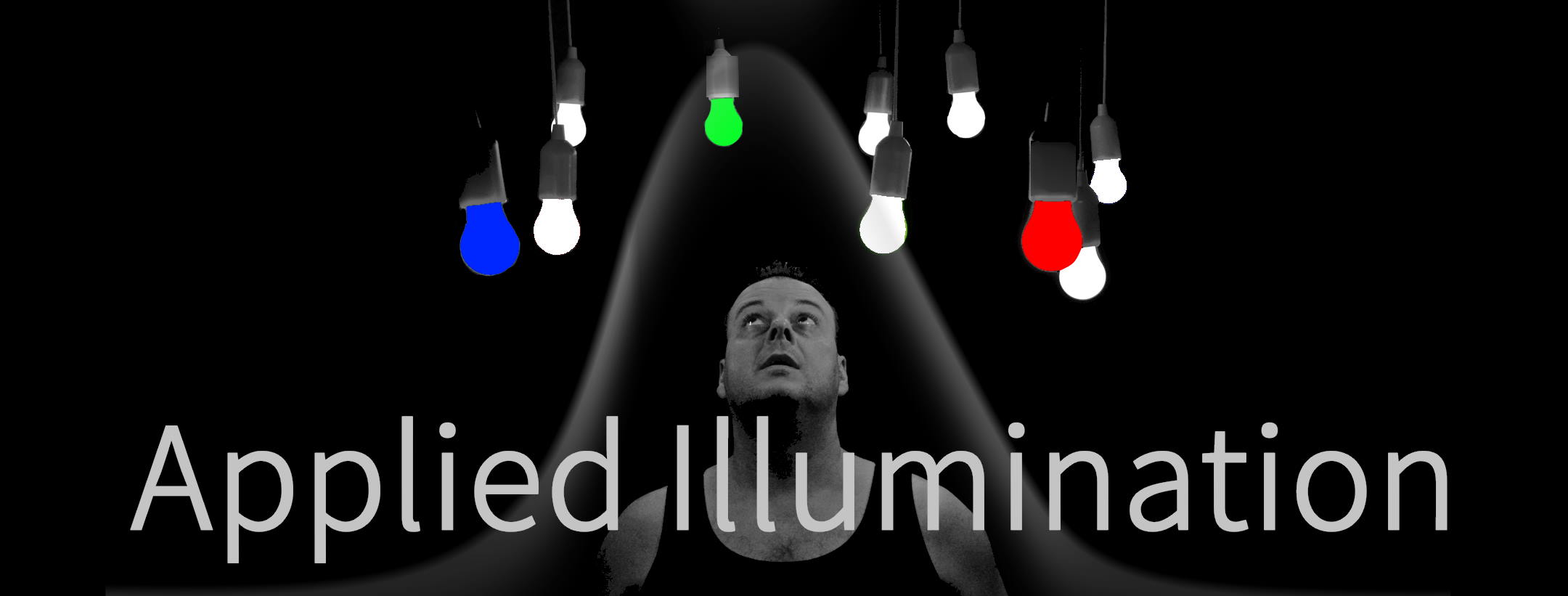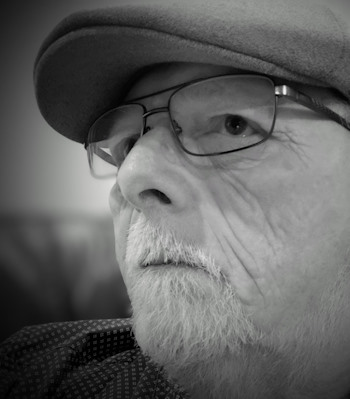
Bob Bridges LC, IES Member Emeritus
 Bob Bridges has been a part of the Ottawa electrical industry since moving to the area in 1983. He has worked as Lighting Specialist, and Lighting Division manager and is Lighting Certified (LC) through the National Council on Qualifications for Lighting Professions (NCQLP), a credential he first obtained in 2003 and maintained through meeting and exceeding the program's professional development requirements. He is a member emeritus of the Illuminating Engineering Society (IES) with over 30 years of active, continuous memership in the Society. He has served a number of volunteer leadership roles in addition to participation on several committees. He has been recognized for his service to the IES at both the local Section level and at the Society level
Bob Bridges has been a part of the Ottawa electrical industry since moving to the area in 1983. He has worked as Lighting Specialist, and Lighting Division manager and is Lighting Certified (LC) through the National Council on Qualifications for Lighting Professions (NCQLP), a credential he first obtained in 2003 and maintained through meeting and exceeding the program's professional development requirements. He is a member emeritus of the Illuminating Engineering Society (IES) with over 30 years of active, continuous memership in the Society. He has served a number of volunteer leadership roles in addition to participation on several committees. He has been recognized for his service to the IES at both the local Section level and at the Society level
A teacher of lighting, he is a regularly invited instructor of courses offered by the Ottawa Section of the IES and has delveloped additional courses for them to address local demand.
Lighting Yesterday & Today
There was a time, not so long ago, when LED's were little more than strange little diodes that gave of specific wavelengths of light as a byproduct of functioning as an electronic component. They quickly found a place as digital clocks, displays on audio components, and the flashing red indicator that let you know something was amiss. How many flashing clock displays needed to be reset after a power disruption? Us old people can attest to that.
Back in pre-LED days, office lighting comprised of linear fluorescent (4ft and 8ft) lamps installed in bright-white painted steel enclosures called troffers, or on bright-white painted channels called utility strips. Incandescent lamps were the go-to choice for recessed downlights whose reflectors were often designed to maximize the output while minimizing glare. If the ceilings were particularily high as in shopping malls, then incandescents would give way to Metal Halide sources. Industrial spaces were home to HPS and MH highbay fixtures that employed reflectos from 15 inches to 24 inches in diameter. These large reflectors were necessary to effectively control the lamps output and direct the beam to the floor below, with assurances that a portion of that light would also illuminate the faces of the racks of product.
It has only been during this century that LED light sources have disrupted a century of lighting practice and today has displaced nearly every single one of those "traditional" sources. In such a short period of time solid-state lighting has gone from being a curiosity to ubiquitous. We should note, however, that every LED is not created equal and every luminaire that uses LED's as its source of illumination differ widely even if different products look similar.
Whether you are
- looking to upgrading lighting at your facility
- a contractor who cas a client that needs help with their lighting system
- In sales or support sales at a manufacturer, sales rep agency, or distributor and want to add to your lighting or industry knowledge
Send Bob an email
About the LC Credential
Members of the lighting community identified a need for a certification program for those practicing lighting in a broad range of roles within the industry. Back in the early 90's the National Council on Qualifications for the Lighting Professions (NCQLP) was formed with the mission "to serve and protect the well-being of the public through effective and efficient lighting practice". The LC credential serves to certify qualified individuals who demonstrate competence across a braod range of areas. Certification is granted following sucsessful completion of a comprehensive examination. The credential holder is required to submit proof of specified professional development activities on a 3-year cycle in order to remain certified.
The IES
Founded in 1906, The Illuminating Engineering Society is comprised of members from all parts of the lighting industry. Electrical engineers, lighting designers, interior designers, architects, manaufacturer personnel, sales reps from rep agencies and electrical distributors represent what some of our members do for a living.
The IES is an accredited Standards Development Organization (SDO) under American National Standards Institute (ANSI) approved procedures. It maintains a library of nearly 100 publications providing guidance on recommended practice, measurment standards and procedures and other technical works.
In addition to publishing standards, the society develops educational courses and seminars, delivered over the internet or face-to-face by local sections, of which there are about 100 in Canada, USA, Mexico, and abroad.